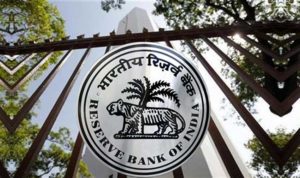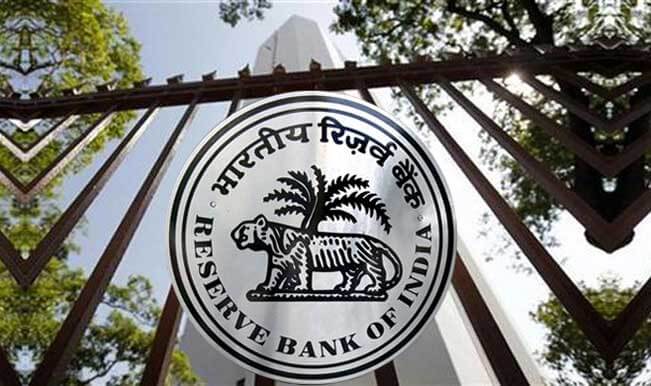The Reserve Bank of India (RBI) is most likely to reduce cash reserve ratio (CRR) for banks in a bid to improve liquidity situation amid demand from the Centre to dilute bank’s capital norms.
 CRR is defined as the percentage of deposits, banks are mandated to keep with RBI without any interest. Currently, CRR is at 4 percent and a 100 basis points cut in CRR would help in releasing around Rs 1.2 lakh crore, which can be used for lending.
CRR is defined as the percentage of deposits, banks are mandated to keep with RBI without any interest. Currently, CRR is at 4 percent and a 100 basis points cut in CRR would help in releasing around Rs 1.2 lakh crore, which can be used for lending.
Reportedly, the Centre is pushing the RBI to lease capital adequacy rules so that lenders can lend more with their existing capital. As per the media reports, RBI has directed the banks to maintain minimum 9 percent capital adequacy including minimum tier 1 capital of 5.5 percent. Worth mentioning that these rules are stringent than Basel III norms, which directs tier 1 capital of 4.5 per cent.
The report further suggests that Public Sector Undertaking banks will need additional tier-I capital of Rs 1.2 lakh crore in the coming five months through March 2019. This is Rs 21,000 crore higher than what was estimated under the Rs 2.11 lakh crore recapitalisation plan.
Analysts believe, CRR cut would address all these concerns and release capital for lending.
Elets The Banking and Finance Post Magazine has carved out a niche for itself in the crowded market with exclusive & unique content. Get in-depth insights on trend-setting innovations & transformation in the BFSI sector. Best offers for Print + Digital issues! Subscribe here➔ www.eletsonline.com/subscription/





















